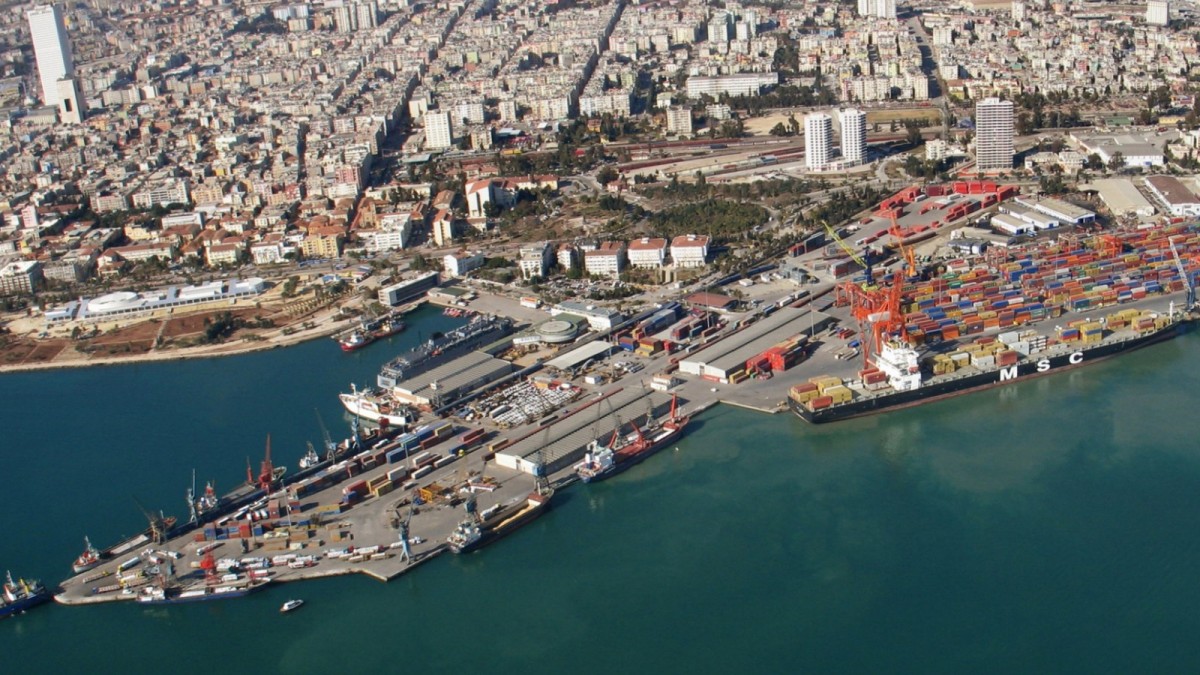According to data from the Statistical Institute of Turkey, Turkey's trade in 2020 registered its lowest level since 2016, leading to a widening of the trade balance deficit. The European Union remains Turkey's largest trading partner
The Statistical Institute of Turkey (Turkstat) has just released the foreign trade figures for 2020. Despite a rebound in foreign demand, the health crisis has had a significant effect on Turkey’s trade which, with USD 389 billion , recorded the lowest figure for four years.
Totaling USD 169.5 billion over the year as a whole, Turkish exports fell by -6.3%. According to Turkstat, the drop in exports, concentrated between March and May, is linked to the contraction in world demand due to the health crisis. Imports, for their part, rose to 219.4 billion USD (+ 4.3%). They fell significantly at the start of the 2nd quarter, falling respectively by -25% and -27.8% in April and May 2020 before rebounding at the end of the 2nd quarter, driven up by dynamic demand and growth.
The contraction of exports and the increase in imports led to a widening of 69.1% of Turkey’s trade deficit, which amounts to -49.9 billion USD. The European Union remains Turkey’s largest trading partner with stable trade (143.2 billion USD).
Turkey exported goods worth USD 69.9 billion (-8.8%) to the EU, which thus absorbs 41.3% of Turkish exports (against 42.4% in 2019), and imported for 73, 3 billion USD of goods (+ 7.9%) from the EU (33.4% of Turkish imports, against 32.3% in 2019). The EU’s market share is stable at around 37%. Rurkstat data shows that the weight of the main customers in Turkey (Germany (16 billion USD), United Kingdom (11.2 billion USD), Iraq (9.1 billion USD) and Italy (8.1 billion USD) ), fell respectively by -3.9%, -0.4%, -10.6% and -17.2% with the exception of the United States (10.2 billion USD, + 13.5%) which become Turkey’s 3rd customer ahead of Iraq.
Exports to Spain recorded a significant drop (6.7 billion USD, -17.8%), relegating the country to 7th place among its customers behind France (7.2 billion USD, -9.5%). The Statistical Institute of Turkey notes that China becomes Turkey’s largest supplier (23 billion USD in imports, + 20.3%) ahead of Germany (21.7 billion USD, + 12.6%). Russia fell to 3rd place (17.9 billion USD, -22.7%) ahead of the United States (11.5 billion USD, -2.8%), Italy (9.2 billion USD, – 1.7%), Iraq (8.2 billion UDS, + 206%, increase caused by exceptional gold imports), Switzerland (7.8 billion USD, + 130%) in connection with imports of ‘gold).
Finally, France (USD 7 billion, + 3.2%) becomes Turkey’s 8th supplier, maintaining its market share at 3.2%.
Since 2013, the two main export items have remained the same: “motor vehicles and their parts” (22.1 billion USD) and “boilers, machinery, appliances, mechanical devices and their parts” (16.8 billion USD). However, they recorded a significant drop, respectively -17.9% and -5.5%. Certain agricultural and agrifood products which have withstood the impact of the health crisis better have seen an increase in their exports: “edible fruits and nuts” (4.8 billion USD, + 5.3%), based preparations. of cereals, flour, starch or milk ”(2.1 billion USD, + 8.8%)…
Exports of medical goods (masks, protective equipment, medical equipment, etc.) increased by + 530% in the first half alone. The “hydrocarbons” item (28.9 billion USD, -30.7%) dominates imports, ahead of “gemstones, precious metals” (26.6 billion USD, + 99%) due to gold purchases) . The item “boilers, machines, mechanical devices and their parts” (25.2 billion USD, + 13.9%) fell to 3rd place.
In addition, imports of motor vehicles, which reached USD 15.3 billion, a level unprecedented since 2017, increased by + 52.7% due, on the one hand, to a positive base effect (low level of automotive sales in Turkey in 2019) and, on the other hand, the high level of domestic demand in 2020 fueled by the credit facilities put in place by local banks.










